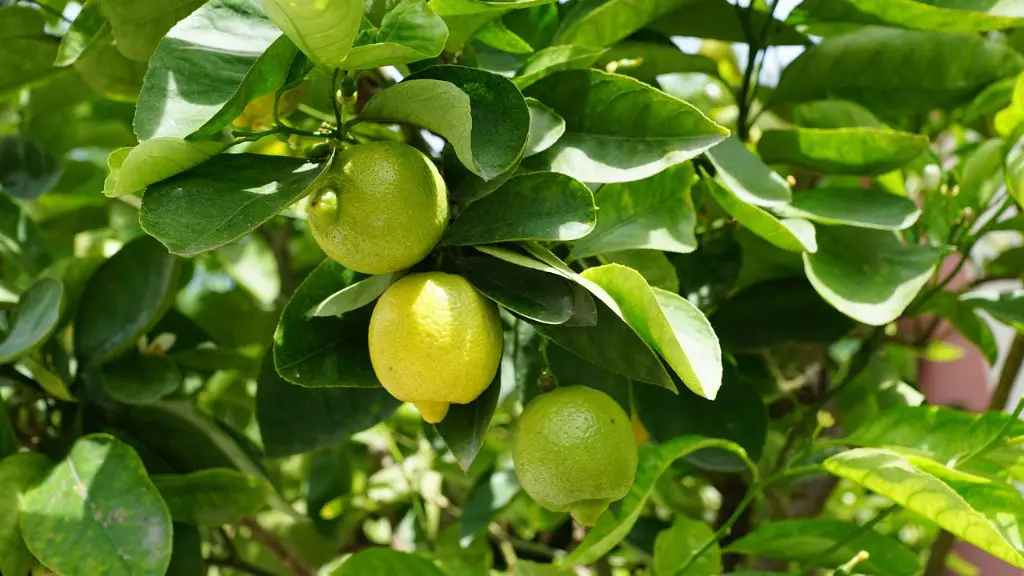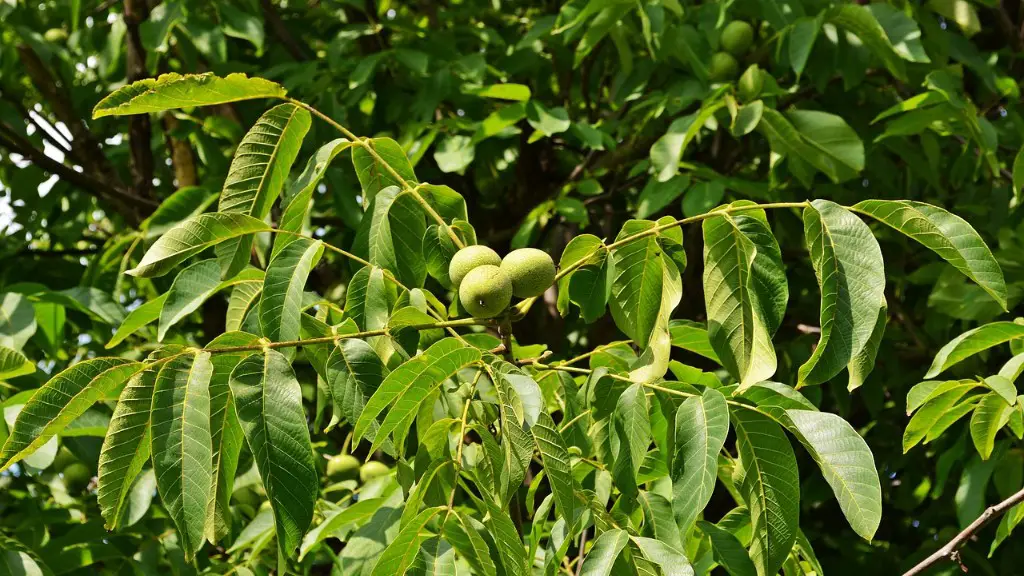What is the best soil for an avocado tree?
Avocado trees enjoy a wide range of soils, however, for optimal growth and fruit production, unsuitable soils should be amended or avoided altogether. The following information will teach you what soil you should plant your avocado tree in, so that it can thrive.
Identifying & Understanding Different Soils
Soil comes in a wide variety of types and affects how well your trees can absorb nutrients, how much water it can hold, and how easy it is for roots to access oxygen. To determine the type of soil you have, take a sample and examine its texture. Clay has a very stable texture and contains small particles of clay, silt and sand. It holds moisture well, but can be hard to work with. Loamy soil is more pliable and composed mostly of sand mixed with clay, silt and organic material. Sandy soil contains larger particles, drains quickly and doesn’t stay moist easily. Good soil will often mix sand, silt and clay but is not made up of just one type of soil.
The Ideal Soil for an Avocado Tree
Avocado trees prefer a sandy loam soil that allows water to quickly drain away and lets oxygen reach the tree roots. It is crucial for the soil to offer adequate drainage because if water accumulates or pools at the tree’s base it can cause root rot, yellowing of foliage, wilting and eventual death of the tree if left untreated. Add organic matter to sandy soils to increase the soil’s moisture-holding capacity and help retain necessary nutrients. If your soil consistently drains too quickly, then mix in compost or other organic material to increase soil fertility. Clay soils should be amended with compost or other organic substances as well to improve drainage and help reduce compaction.
Methods of Soil Improvement
Even if the soil in your yard doesn’t meet the ideal criteria for an avocado tree, it can be amended with organic matter such as compost to raise the soil’s pH level and improve its textures. If the soil is too wet, a soil drainage test should be done. Install proper surface drainage or sub-surface drainage systems to help reduce water-logging and improve the soil’s quality.
Digging in organic matter such as compost and manure can also help build up soil fertility and improve letting water drain away and oxygen enter the tree’s roots. When planting an avocado tree in heavy or rock soils, it is recommended to create a raised bed or mound by removing the heavy soil and replacing it with soil consisting of a sandy loam content.
Soil pH for Avocado Trees
The ideal pH for an avocado tree is between 6.0 and 7.0 and for optimal health, soil should be amended to maintain or raise the pH. Soil pH levels lower than 6.0, which is acidic, can reduce nutrient uptake as well as stunt tree development. Garden sulfur or iron sulfate can be added to lower the soil’s pH while lime can be used to raise it.
The Considerations
When planting your avocado tree, keep the following considerations in mind:
- The soil should be well draining and contain organic matter
- Trees should be planted in a south-grade elevation or mound for drainage
- Mulching is recommended to conserve soil moisture levels
- Soil pH should not fall below 6.0, and lime can be used if necessary to raise soil pH levels
Soil Testing
To determine which soil amendments should be added to your avocado tree’s soil, it is important to have its pH and nutrient levels tested. That way, you can tailor your soil amendments to what nutrients and pH levels your tree needs. Additionally, have the soil tested for common soil diseases and irritants such as nematodes that may be damaging your tree’s root system.
Joining the Avocado Cultivation Community
Growing an avocado tree successfully requires knowledge based on your specific area. To get the most up-to-date information and advice that is applicable to your yard, consider joining an area avocado cultivation community or club. Here, you can get advice from experienced growers and interact with others who are passionate about growing avocado trees.
Fertilizers and Nutrients
Choose a fertilizer that is labelled for avocado use and is high in nitrogen, phosphorus, and potassium. Follow the directions on the packaging for application timing and quantity. You’ll also want to occasionally provide your tree with supplemental nutrients such as copper, zinc, and boron.
Protecting Your Tree & Harvest
Avocado trees require very little care once they are planted. When temperatures get too low, they should be protected by covering them in special covers or artificial lights. Harvest is done hand-picked and the timing can vary depending on the variety of your tree. Be sure to hang bird-proof bags over your tree when the fruit is ready to protect your burgeoning crop of avocados.
Watering Your Tree
Avocado trees require a lot of water, especially when their major growth periods occur every two years. Soil should stay moist but not waterlogged, so use your index finger or irrigation equipment to ensure an adequate level of water is supplied. When temperatures are hot, keep watering your trees every 2-3 days and make sure to identify if the tree is in need of extra water during its major growth periods, otherwise it may impact the harvest.
Pruning Your Tree
Avocado trees should be pruned in order to ensure larger and more abundant harvests. Prune the trees when needed and remove dead or diseased branches or twigs to ensure the tree remains healthy and free of pests. Pruning will also help the tree in its growing process, as it will focus more of its energy on fruiting.
Final Considerations
Avocado trees are highly rewarding plants and require very little maintenance once they are established. Knowing what soil to plant your avocado tree in is critical for its health and to having a successful harvest. Plant your tree in the right soil, follow the right growing techniques and use care and attention, and you will be rewarded with delicious avocado fruit and a healthy, happy tree.


